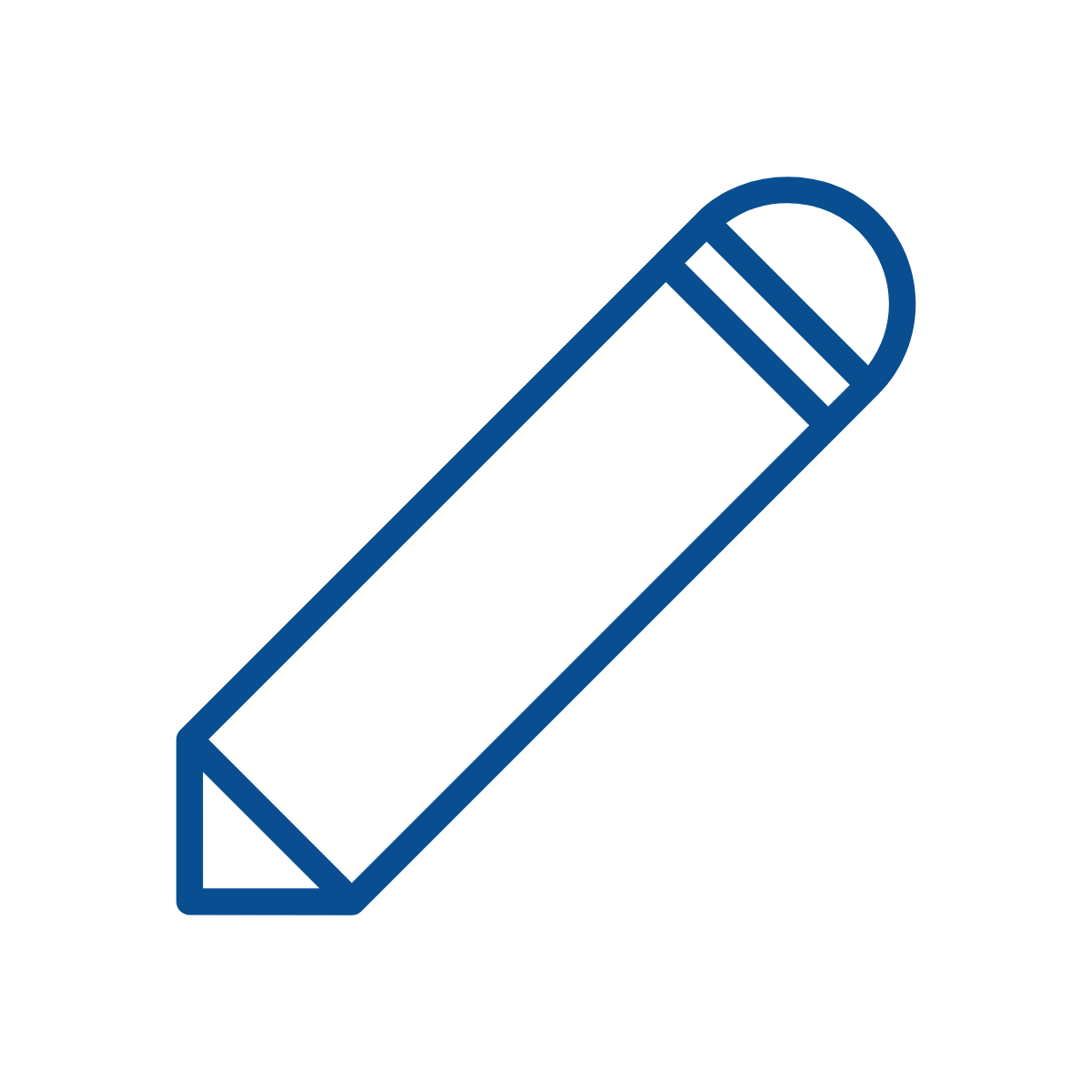- Accueil
- EN
- Studying at ULB
- Find your course
- UE
-
Share this page
Biologie générale et anatomo-physiologie humaine
Course teacher(s)
Hassan JIJAKLI (Coordinator) and Serge VAN SINT JANECTS credits
10
Language(s) of instruction
french
Course content
General physiology first addresses the internal environment, fluid compartments, and homeostasis at the cellular and whole-organism levels. Transport mechanisms (diffusion, osmosis, active transport) and electrochemical potentials across biological membranes, as well as their functional implications, are then analyzed. Finally, this section concludes with a study of ion transporters, pH, and acid-base regulation, followed by thermoregulation.
Human anatomy and physiology are described for each anatomical system. If necessary, the functional relationship of one system with another is carried out in order to allow the integration of all systems to form the human organism. The anatomical systems covered are : the musculoskeletal system, the nervous system (central and peripheral), the cardiovascular system (including the lymphatic system), the respiratory system, the digestive system, the urogenital system, the sense organs. These themes are complemented by an introduction to biomechanical modeling and medical imaging.
Objectives (and/or specific learning outcomes)
Prerequisites and Corequisites
Cours co-requis
Teaching methods and learning activities
Lectures and practical work.
References, bibliography, and recommended reading
"Biologie", Raven et al., 6e édition française, 2023 (traduction de la 13e édition anglaise, 2023), Editions De Boeck Université, 1440 pages, ISBN 978-2-8073-4821-9, Biologie | De Boeck Supérieur.
"Biologie", N. Campbell et J. Reece, 5e édition française, 2020 (traduction de la 11e édition anglaise, 2017), Pearson Education, 1600 pages, ISBN 978-2-7661-0403-1, Biologie de Campbell - Pearson France.
"Anatomie et physiologie humaines", K.Hoen et E. Marieb, traduction de la 9e édition anglaise, 2014, Pearson, ISBN-13: 978-2-7613-6932-9.
The Biomedical Engineering Handbook, Second Edition. 2 Volume Set. Edited by Joseph D . Bronzino CRC Press 1999 Print ISBN: 978-0-8493-8594-0
Atlas of Human Anatomy by F. H. Netter.
(N.B.: these books are not necessary to pass the exam)
Course notes
- Syllabus
- Université virtuelle
Contribution to the teaching profile
This teaching unit contributes to the following competences:
-
Mesurer les grandeurs physiques liées au vivant, tant morphologique que fonctionnel
-
Communiquer efficacement, tant de manière écrite qu’orale, avec des collègues ingénieurs, mais aussi avec les autres acteurs du domaine biomédical, s’intégrer dans une équipe pluridisciplinaire
Other information
Contacts
JIJAKLI Hassan : Hassan.Jijakli@ulb.be.
Campus de la Plaine, bâtiment BC, 5e niveau, local 1B5.118. Boulevard du Triomphe, B-1050, Bruxelles.
Campus Erasme, Laboratoire de Physiologie et de Pharmacologie (CP 604). Route de Lennik, 808, B-1070, Bruxelles.
VAN SINT JAN Serge : serge.van.sint.jan@ulb.be. Campus Erasme, faculté de médecine, laboratoire d'anatomie, de biomécanique et d'organogenèse (CP 619), route de Lennik, 808, B-1070, Bruxelles.
Campus
Erasme, Plaine, Solbosch
Evaluation
Method(s) of evaluation
- Other
Other
A single, integrated oral exam for Biology and Physiology. A written exam for Anatomy.
Mark calculation method (including weighting of intermediary marks)
The weighting is 70% for the Biology and Physiology sections, on the one hand, and 30% for Anatomy on the other.
The average is calculated if, and only if, the marks obtained for each of the two components are greater than or equal to 8/20. If one of the two marks is less than 8, the overall mark is a maximum of 7/20.
Language(s) of evaluation
- french
